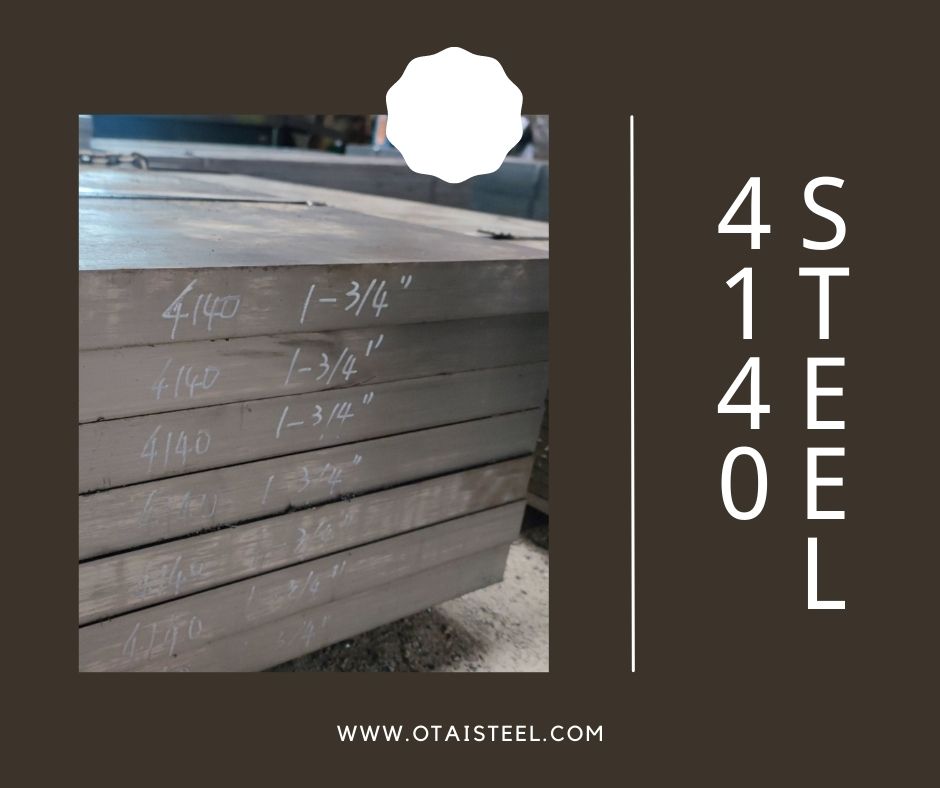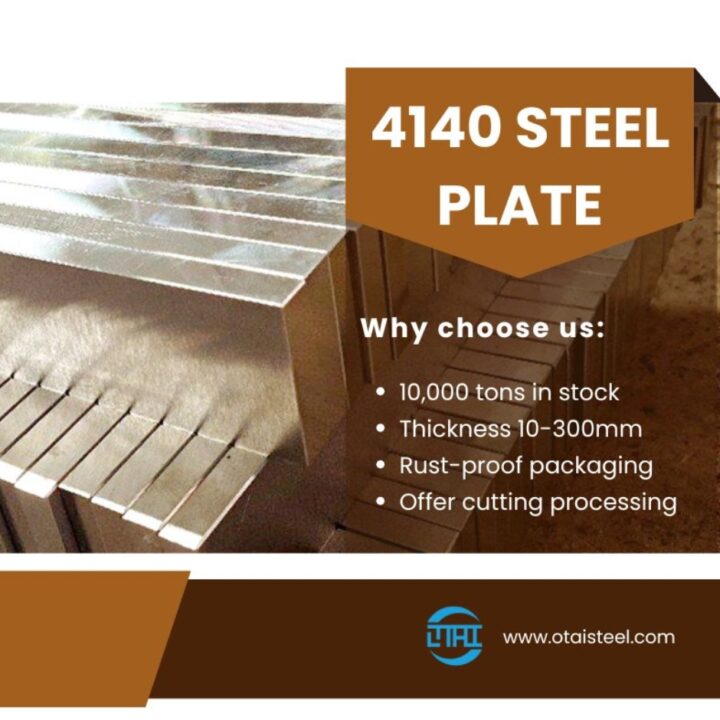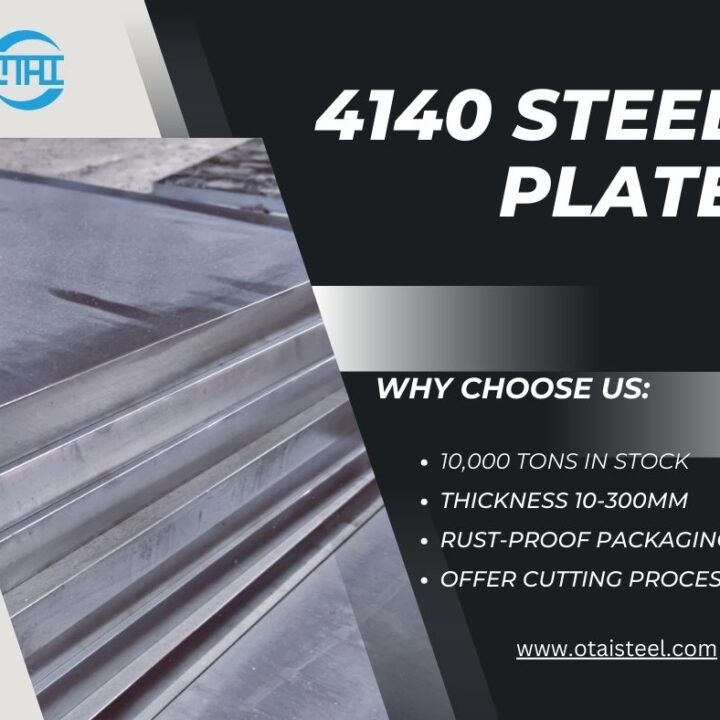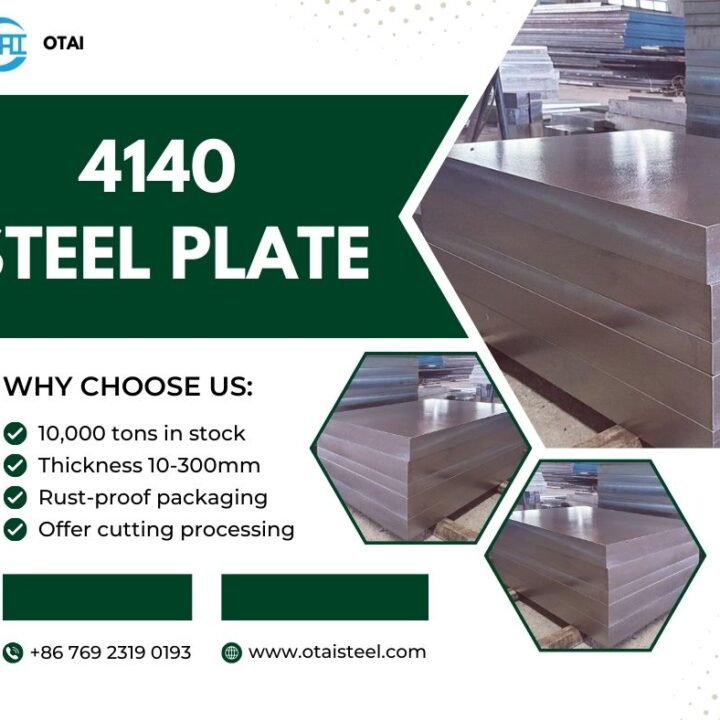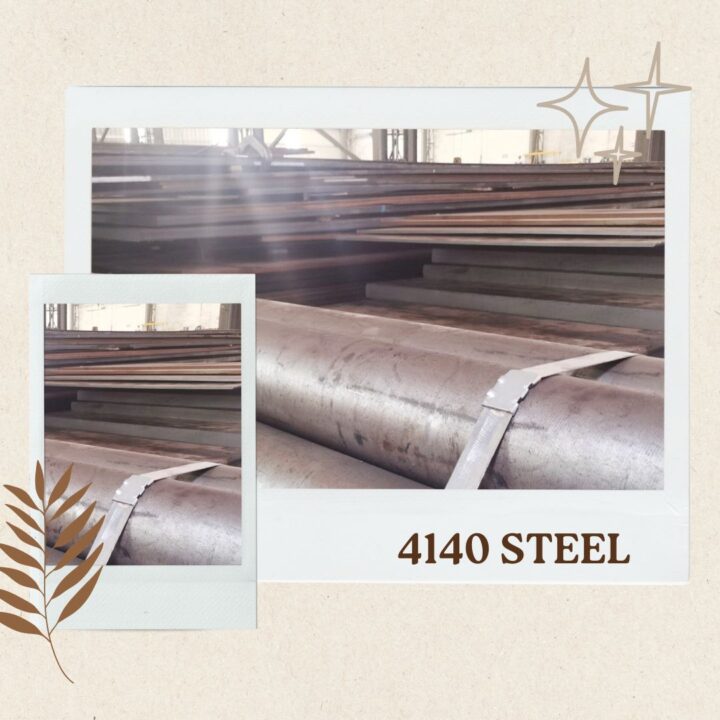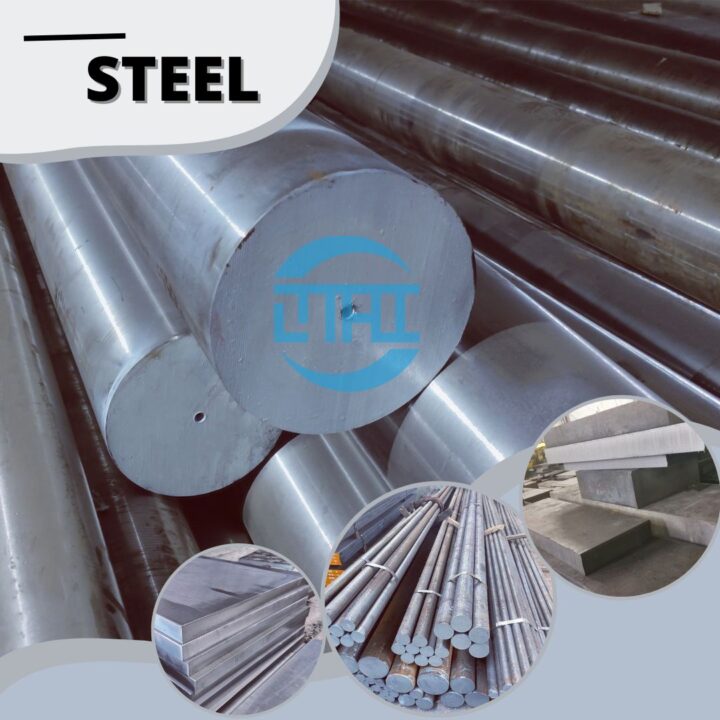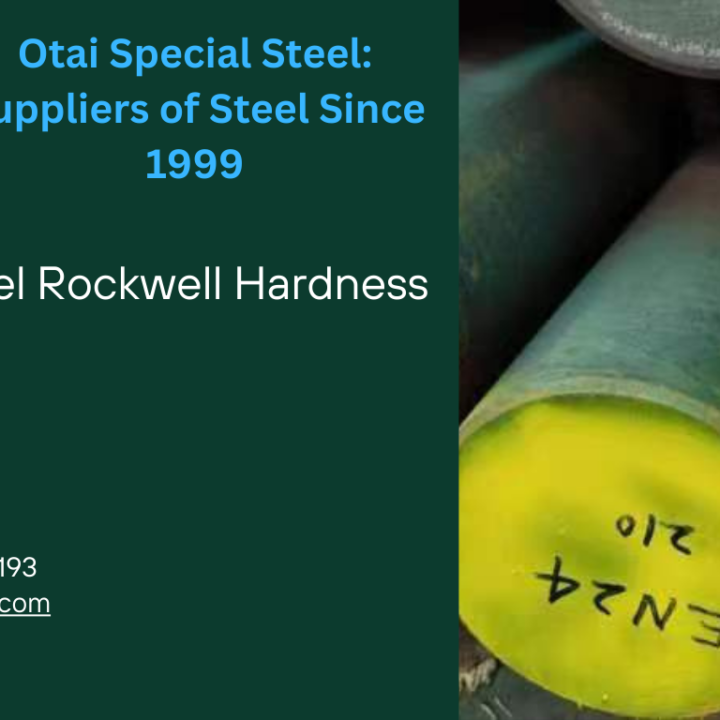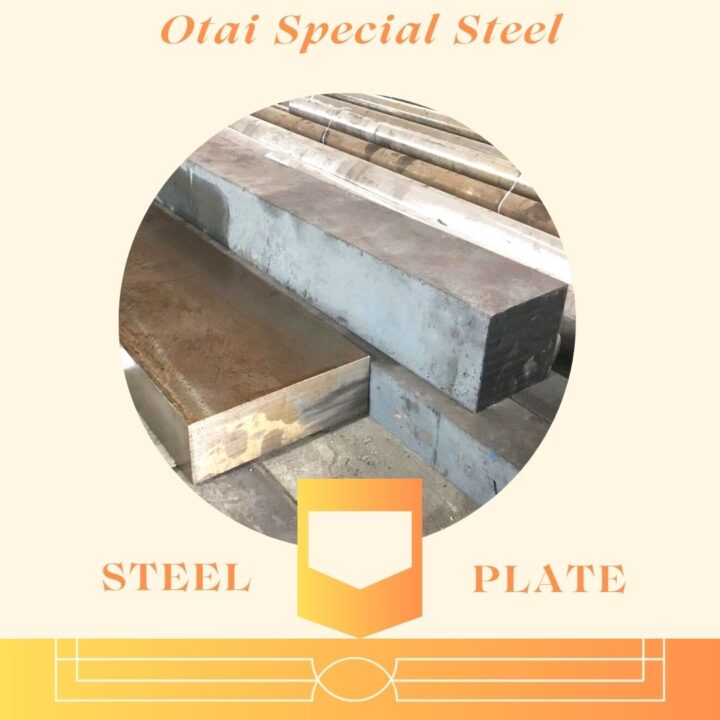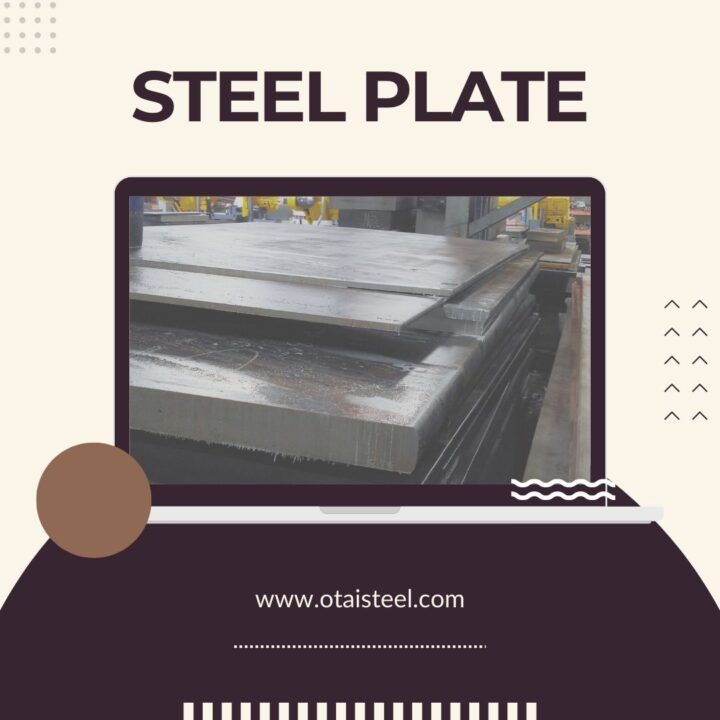Grains in steel can vary in size and shape. Larger grains are known as coarse grains, while smaller grains are referred to as fine grains. The grain size is determined during the solidification process of 4140 steel and can be modified through various heat treatment techniques.
The effect of grain size on 4140 steel
- Strength: The grain size of 4140 steel has a significant impact on its strength. Fine-grained steel exhibits higher strength compared to coarse-grained steel. This is because smaller grains allow for more grain boundaries, which hinder dislocation movement and increase the strength of the material.
- Toughness: The toughness of 4140 steel is also influenced by grain size. Fine-grained steel tends to have improved toughness due to the increased grain boundary area, which acts as barriers to crack propagation. This makes fine-grained steel more resistant to fracture and impact loading.
- Ductility: Coarse-grained 4140 steel typically exhibits lower ductility compared to fine-grained steel. Fine grains provide better ductility by allowing for more deformation before failure occurs. This is particularly important in applications where the material needs to undergo extensive forming or shaping processes.
- Fatigue Resistance: Grain size affects the fatigue resistance of 4140 steel. Fine-grained steel offers improved fatigue resistance, making it more suitable for components subjected to cyclic loading. The presence of smaller grains reduces stress concentrations and prevents crack initiation and propagation.
Factors Affecting Grain Size
- Alloying Elements: Alloying elements, such as chromium and molybdenum, can influence the grain size of 4140 steel. Proper selection and control of alloying elements can help achieve the desired grain size for specific applications.
- Heat Treatment: Heat treatment processes, including annealing, normalizing, and quenching, can significantly affect the grain size of 4140 steel. Proper heat treatment techniques can be employed to refine the grain structure and enhance the material’s mechanical properties.
- Cooling Rate: The cooling rate during the solidification process affects the grain size. Faster cooling rates generally result in finer grains, while slower cooling rates lead to coarser grains. This can be achieved through various cooling methods, such as water quenching or air cooling.
Controlling Grain Size
- Heat Treatment Techniques: Heat treatment processes like normalizing and annealing can be utilized to control the grain size of 4140 steel. For instance, annealing at a specific temperature followed by controlled cooling can refine the grain structure and improve the material’s properties.
- Alloy Design: Careful selection and control of alloying elements can help achieve the desired grain size in 4140 steel. The composition of the alloy can be adjusted to promote the formation of fine grains, resulting in enhanced mechanical properties.
By understanding and optimizing the grain size, engineers and manufacturers can harness the full potential of 4140 steel in diverse applications. (The effect of grain size on 4140 steel)
